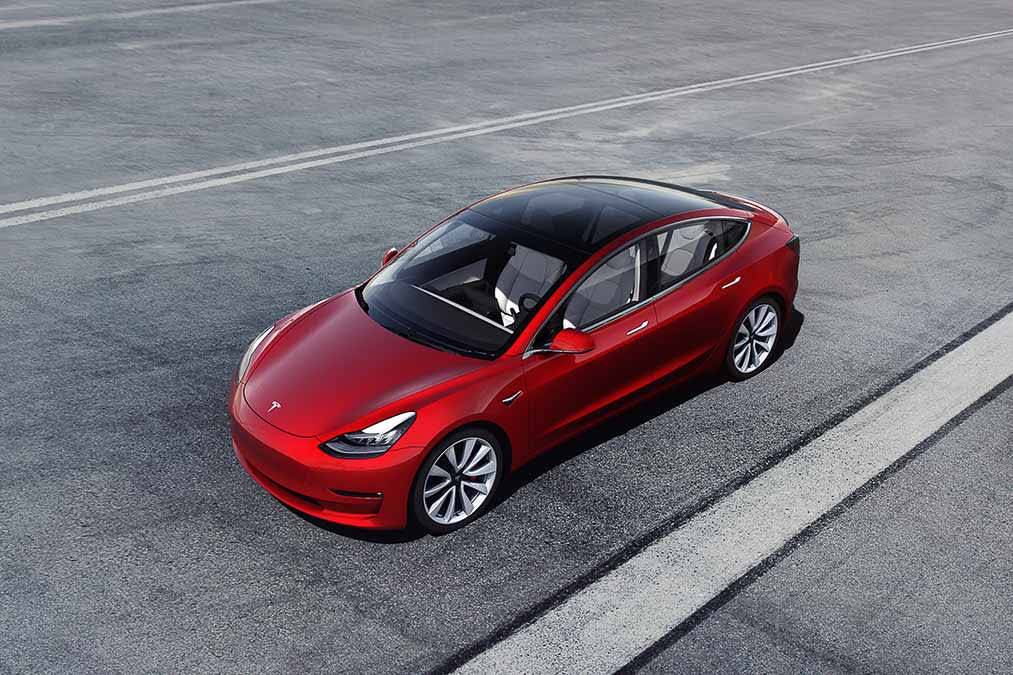Tesla Replaces Radar Sensors With Tesla Vision Camera System


Controversy is not a foreign concept for Tesla, and much of it centers around the company’s Autopilot system. In 2016, a fatal crash involving a Tesla Model S with Autopilot activated sparked a debate regarding the system’s capabilities and intended use. Tesla’s current Autopilot system employs radar and camera technology for features like adaptive cruise control, but now the company says it will ditch the radar sensors in its Model 3 sedan and Model Y SUV in favor of a camera system called Tesla Vision.
Related: Tesla Drops Base Price for Model 3, Model Y: Here’s What They Now Cost
Musk: No More Radars
In true Tesla fashion, the move to drop radar sensors strays from the status quo. Hands-free driving systems, such as GM’s Super Cruise, use a combination of cameras, radar sensors and lidar-mapped data to monitor conditions and steer the vehicle. Combination radar-and-camera systems, for so-called “sensor fusion,” are universal elsewhere.
But instead of radar, Tesla will rely on a camera-based Tesla Vision system alone for the Autopilot in its Model 3 and Model Y. CEO Elon Musk first leaked the news in (where else?) a March 12 tweet, indicating that Tesla Vision, not radar sensors, will be the future of artificial intelligence technology.
What Is Tesla Vision?
Tesla Vision uses camera vision and neural net processing for its Autopilot, Full-Self Driving option (which currently still requires driver supervision) and some active-safety features. According to the automaker, a suite of eight surround cameras provides 360 degrees of visibility at up to 250 meters of range. According to TechCrunch, neural net processing in this context refers to a sophisticated form of machine learning modeled after the human brain, which picks up patterns that allow the system to understand the environment and adjust driving behavior. Tesla Vision will form the basis of Autopilot features like automatic steering, Smart Summon self-parking and Tesla’s future full self-driving capability.
Tesla Vision Rollout and Limitations
According to a statement from Tesla, all Model 3 and Model Y deliveries in North America from May on will feature radarless Tesla Vision with some temporary limitations. The automaker warns that Autosteer will be limited to a maximum speed of 75 mph and a longer minimum following distance. Smart Summon auto-parking and Emergency Lane Departure Avoidance may also be disabled. Owners can expect these features to be restored through over-the-air software updates in the weeks ahead. The Model S and the Model X, along with all vehicles outside of North America, will continue to use radar sensors until further notice.
More From Cars.com:
- New Report Finds Tesla Most Popular Luxury Car Brand
- Tesla Recalls Model S, Model X Following Letter From Feds
- Which Cars Have Autopilot?
- Tesla SUV Buying Guide
- Which Cars Have Self-Driving Features for 2021?
Related Video: We Take a Deep Dive Into the Tesla Model 3
Cars.com’s Editorial department is your source for automotive news and reviews. In line with Cars.com’s long-standing ethics policy, editors and reviewers don’t accept gifts or free trips from automakers. The Editorial department is independent of Cars.com’s advertising, sales and sponsored content departments.

Former News Editor Jane Ulitskaya joined the Cars.com team in 2021, and her areas of focus included researching and reporting on vehicle pricing, inventory and auto finance trends.
Featured stories



